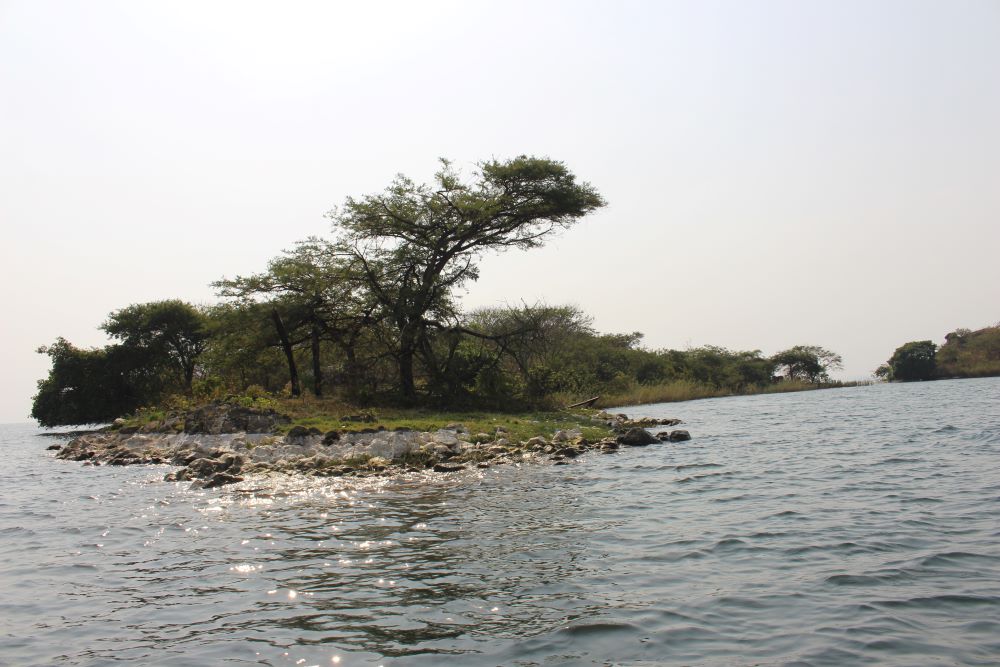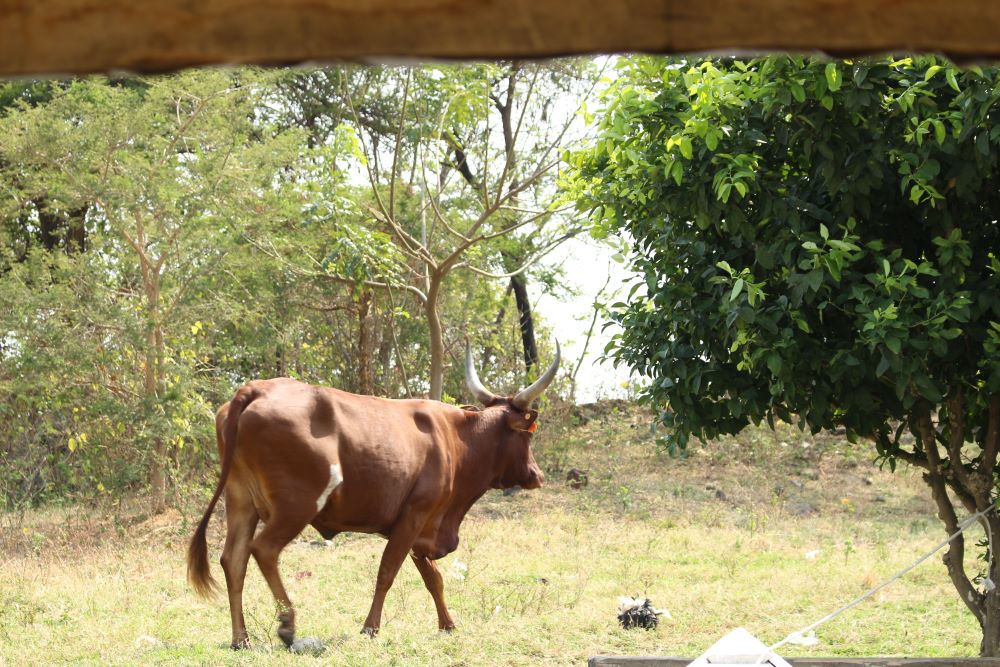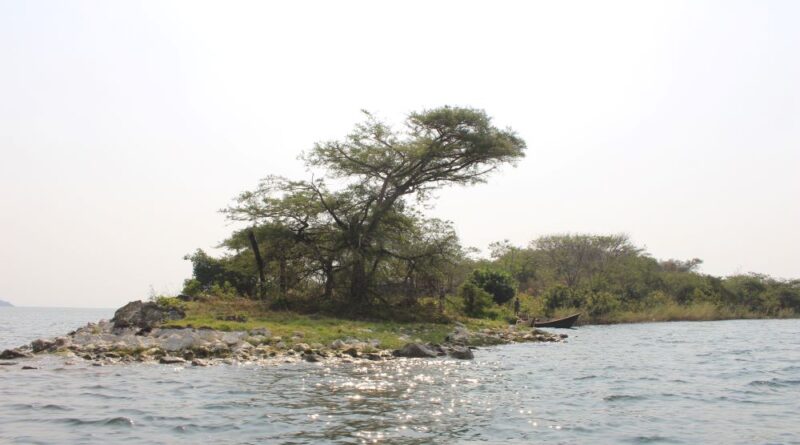Rutsiro: A Hidden Gem for Tourism in Rwanda’s Kivu Lake
Rwanda is a country filled with natural wonders that attract a steady flow of tourists eager to explore its beauty. Among its many attractions are the islands scattered across Lake Kivu. The Rutsiro District boasts 50% of Lake Kivu’s waters and is home to 42 islands, including one that is inhabited and another, Iwawa, known for housing young people in rehabilitation programs after engaging in delinquent behaviors.
Lake Kivu, the largest in Rwanda, draws people from near and far, both locals and international tourists. One side of the lake is within Rwanda’s borders, while the other belongs to the Democratic Republic of the Congo.
Rutsiro District has been using its islands for cattle grazing since 1993. What started as grazing land for cows eventually evolved into a unique form of tourism. Now, tourists can witness cows swimming, adding a fresh spin on traditional cattle farming.
Despite this, Rutsiro District itself hasn’t benefited financially from this emerging tourism. A recent investigation revealed that most revenue from boat trips, which cost 30,000 Rwandan francs per trip, goes to Karongi District. Tour operators from Karongi benefit from tourists visiting Rutsiro’s islands, as all tax payments are funneled there.
Among the islands in Rutsiro, Mafundugu Island is famous for its swimming cows, which have become a hit with tourists. Nyamunini Island also stands out as a major tourist attraction, offering unique experiences.
Moise Niyomugabo, a tour guide who operates in both Rutsiro and Karongi, emphasizes Rutsiro’s potential in attracting tourists.
“The islands we tour are incredibly scenic, with historical significance tied to Rwanda’s expansion, as kings used to camp there before launching attacks on Idjwi. Mafundugu Island, in particular, is special for its swimming cows that fascinate tourists. We also showcase milking techniques, which generate considerable income for us,” Niyomugabo explained.
Nyamunini Island, shaped like Napoleon Bonaparte’s hat, sits at an elevation of 1,600 meters and is home to a rare bat species. From its peak, visitors can get a full view of Lake Kivu. Though cows also graze here, they don’t swim in the lake as they do on Mafundugu.
Despite the income from these activities, Niyomugabo highlights challenges, such as limited support from local authorities. He calls for better cooperation between tour operators and the Rutsiro District to enhance tourism on these islands.
Emmanuel Uwizeyimana, the Vice Mayor of Economic Development in Rutsiro District, acknowledged the need for improvement.
“We are conducting an in-depth assessment of our tourism resources to develop Rutsiro’s potential and help drive the district’s growth. We are committed to capitalizing on opportunities like the swimming cow tourism, which we have yet to fully benefit from. We aim to address this by November 2024,” Uwizeyimana stated.
He also expressed interest in working closely with existing tourism operators to ensure mutual benefits.
In 2012, Rwanda’s Environment Management Authority (REMA) revealed that Lake Kivu contains 250 islands, with 56 on the Rwandan side. Out of those, 42 are in Rutsiro District, while the rest lie within the Democratic Republic of the Congo.



